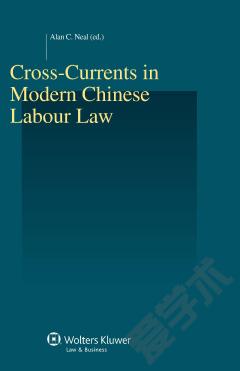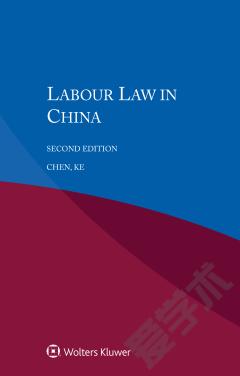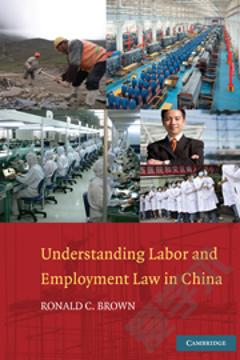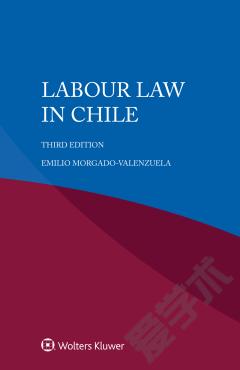Cross-Currents in Modern Chinese Labour Law
In a period of remarkable change, encompassing less than a quarter of a century, regulation of the labour market of the People’s Republic of China – the world’s largest, now numbering more than 850 million workers – has developed from largely administrative diktats to a sophisticated and wide-ranging framework of statutory, contractual, administrative, and procedural rules. Among much else, this framework includes instruments providing protection for workers’ health and safety, anti-discrimination provisions for women and migrants, and arrangements for social insurance and retirement benefits. However, at a time when lawyers from a wide range of jurisdictions are called upon to work with Chinese enterprises – and against a background of rapid industrial development, dramatic economic growth, and increasing sensitivity to global social and market pressures – China’s ‘socialist market economy’ poses increasingly sharp challenges. Here at last is a book, written by Chinese practitioners and scholars conversant with Western legal systems, that clearly describes the current reality and key emerging trends in China’s labour law. Amongst the numerous issues and topics raised and discussed are the following: ;labour flexibility ;the household registration (hukou) arrangements and their impact upon labour mobility; the use of ‘dispatched workers’; ; vocational training and ‘upskilling’; ; the permissible scope of restrictive covenants in labour contracts; ; ;protection of confidential information arising in the course of the employment relationship; the treatment of collectivised issues in industrial relations; the roles of the All China Federation of Trade Unions (ACFTU) and the Ministry of Human Resources and Social Security (MoHRSS); the enforcement of labour rights through increasingly juridified avenues; the respective roles of the People’s Courts (and in particular the Supreme People’s Court) and the framework of provincial and local Labour Arbitration Committees; ‘creative’ ways in which some enterprises endeavour to evade statutory obligations; the problem of inconsistent statutory application in and between regions and large cities; and allegations of business interests unduly influencing regulatory authorities. ; ; ; ; ; ; ; The volume’s extensive appendices include English-language texts of essential labour-related legislation, together with a unique register of legislative instruments from 1949 to the end of 2013. Of incomparable value to corporate counsel worldwide, this ground-breaking work has a secure place for years to come, both as an in-depth overview of labour law in China and as a practical guide in the conduct of legal transactions involving Chinese labour market parties.
{{comment.content}}








 京公网安备 11010802027623号
京公网安备 11010802027623号